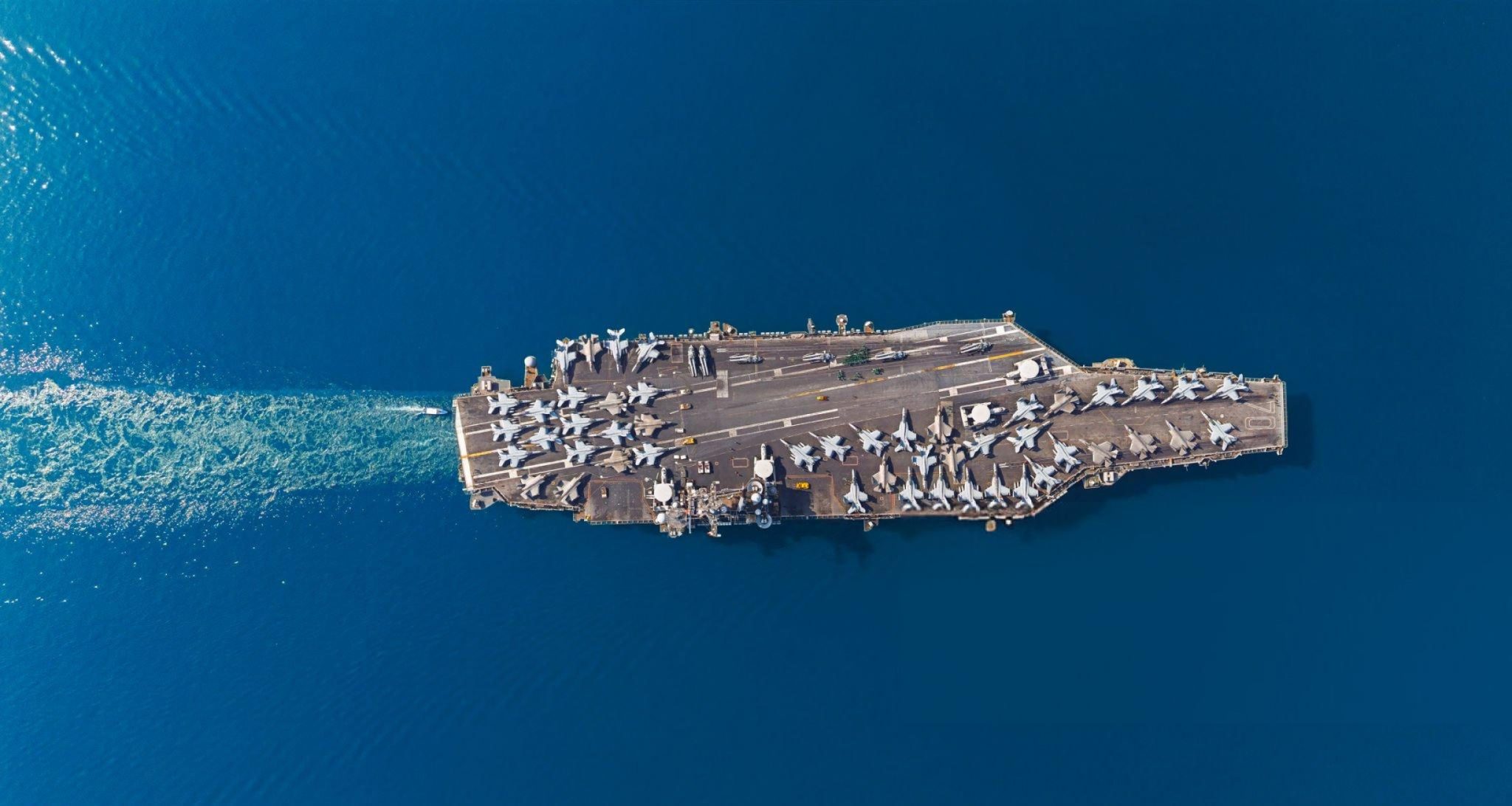Prime Minister joins HMS Prince of Wales ahead of landmark eight-month deployment
Prime Minister Sir Keir Starmer has hailed the Royal Navy’s upcoming deployment to the Indo-Pacific as a “clear message of strength to our adversaries” and a “powerful symbol of unity” with the UK’s international allies.
During a visit to the aircraft carrier HMS Prince of Wales before it sails on a landmark eight-month mission, Sir Keir met with sailors, aviators, Royal Marines, and soldiers embarking on Operation Highmast. The mission, which began on Tuesday as the vessel departed Portsmouth, is one of the UK’s most significant naval deployments in recent decades.
Accompanied by destroyer HMS Dauntless, frigate HMS Richmond, and allied ships from Norway and Canada, the carrier group will journey through the Mediterranean and the Middle East before reaching south-east Asia, Japan, and Australia.
Speaking aboard the £3 billion vessel, Sir Keir said: “We are sending a clear message of strength to our adversaries, and a message of unity and purpose to our allies. The UK’s commitment to global stability is unshakeable. We will always stand with those who share our values.”
The Prime Minister also underscored the importance of the region to the UK’s economic interests, pointing out that trade with the Indo-Pacific region accounts for nearly £286 billion — almost 20% of Britain’s total global trade.
The voyage comes amid heightened concerns over regional security, particularly surrounding China’s increasing assertiveness near Taiwan and disputed sea lanes. The deployment, which includes cutting-edge British F-35B Lightning II jets and a host of helicopters and drones, is seen as a firm commitment to the freedom of navigation and the international rule of law.
In the days following the carrier’s departure, 18 UK F-35B fighter jets will join the HMS Prince of Wales, with the number increasing to 24 during the deployment. Also set to be deployed are Merlin Mk2 anti-submarine helicopters from RNAS Culdrose, Merlin Mk4 Commando and Wildcat helicopters from RNAS Yeovilton, as well as T-150 Malloy and Puma drones.
The Carrier Strike Group forms part of the UK’s broader strategic shift towards the Indo-Pacific, a region described by both UK and US officials as vital to global security and economic growth. The United States, under President Donald Trump, has increased calls for NATO allies to boost their own defence contributions — a stance echoed by the UK’s commitment to raise defence spending to 2.5% of GDP by April 2027.
Sir Keir highlighted the economic benefits of the investment, saying: “This commitment means backing British jobs, supporting British businesses, and putting more money in working people’s pockets. Our defence industry is not just about national security — it’s about driving economic growth.”
Operation Highmast will see around 4,000 UK personnel involved from across the Royal Navy, British Army, and Royal Air Force. In addition to Norwegian and Canadian forces, the operation will be supported by Spain and New Zealand, marking it as a broad-based coalition effort.
Defence Secretary John Healey praised the scale and ambition of the deployment, calling it “a demonstration of how our armed forces reinforce global stability and keep Britain secure at home, while also showcasing the UK as a leader in defence innovation and industry.”
He added: “This mission isn’t just about hard power. It’s about supporting British exports, engaging diplomatically, and flying the flag for Britain on the world stage.”
As HMS Prince of Wales heads eastward, its journey will not only reinforce alliances but will also act as a potent reminder of Britain’s enduring role in international security and its post-Brexit ambition to be a global power with reach, relevance, and responsibility.






